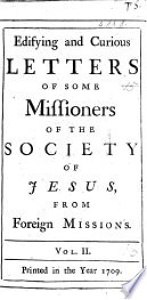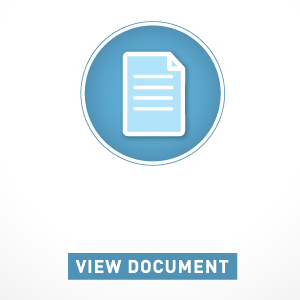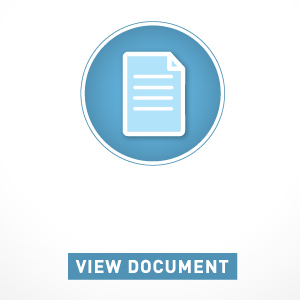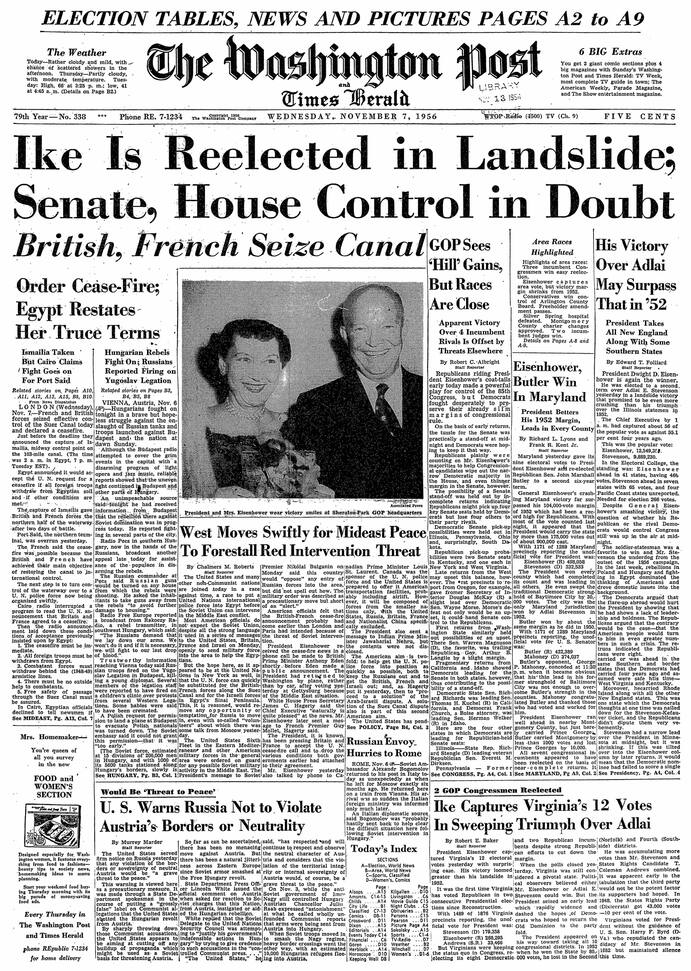Politics

Edifying and curious letters of some Missioners of the Society of Jesus from foreign missions
After reaching and residing in foreign places, Christian missionaries sent different kinds of writings (letters, reports, notes, etc.) back to Europe. These writings, based on different Church orders to which missionaries belonged, are normally stored in different archives (most in Rome).

A Colony in Crisis: The Saint Domingue Grain Shortage of 1789
...the site’s method of limiting each translated entry to about 1000 words is a great way to foster greater engagement with these sources without being too much to handle at once.
Short Teaching Module: The Legacy of Charlemagne through the Ages
Teaching about the interplay of history and memory is fascinating. This is particularly true in an age when students are so highly attuned to source bias through news, life experience, online and social media interactions, and of course, learning about such issues in school.

Speculum Historiale by Vincent of Beauvais
Earlier accounts of Charlemagne’s life, rife with positive bias though many may be, pale in comparison to the heavily legendary account present in the thirteenth century’s memory of Charlemagne.

Deeds of Emperor Charles the Great
Later in the 9th century, Notker “the Stammerer” of St.-Gall wrote his Gesta Karoli Magni Imperatoris (Deeds of Emperor Charles the Great). He dedicated the work to Charlemagne’s great-grandson Charles the Fat (r.

Excerpts from the Vita Karoli Magni
Let us investigate the work of Charlemagne’s courtier Einhard, the Vita Karoli Magni, or Life of Charles the Great, which was composed during the reign of Louis the Pious, probably during the long decade from around 817-830.

Extract from Garcilaso de la Vega, Royal Commentaries of the Incas and General History of Peru
This is an extract from the chronicles of Garcilaso de la Vega (1539–1616), the son of a Spanish conquistador and an Inca noble woman, who grew up in Peru but left there as a young man and spent the rest of his life in Spain.

Extract from Garcilaso de la Vega, Royal Commentaries of the Incas and General History of Peru
This is an extract from the chronicles of Garcilaso de la Vega (1539–1616), the son of a Spanish conquistador and an Inca noble woman, who grew up in Peru but left there as a young man and spent the rest of his life in Spain.

Extract from Garcilaso de la Vega, Royal Commentaries of the Incas and General History of Peru
This is an extract from the chronicles of Garcilaso de la Vega (1539–1616), the son of a Spanish conquistador and an Inca noble woman, who grew up in Peru but left there as a young man and spent the rest of his life in Spain.

The Washington Post Announces Eisenhower's Reelection
A newspaper is a publication intended for a broad audience that appears regularly, often daily, and claims to contain factual accounts of recent events.